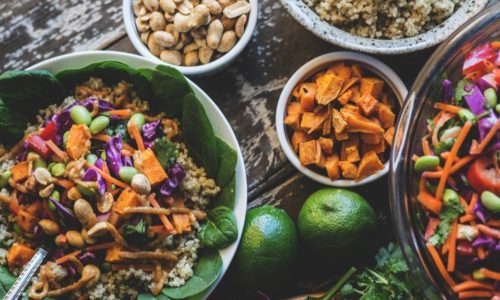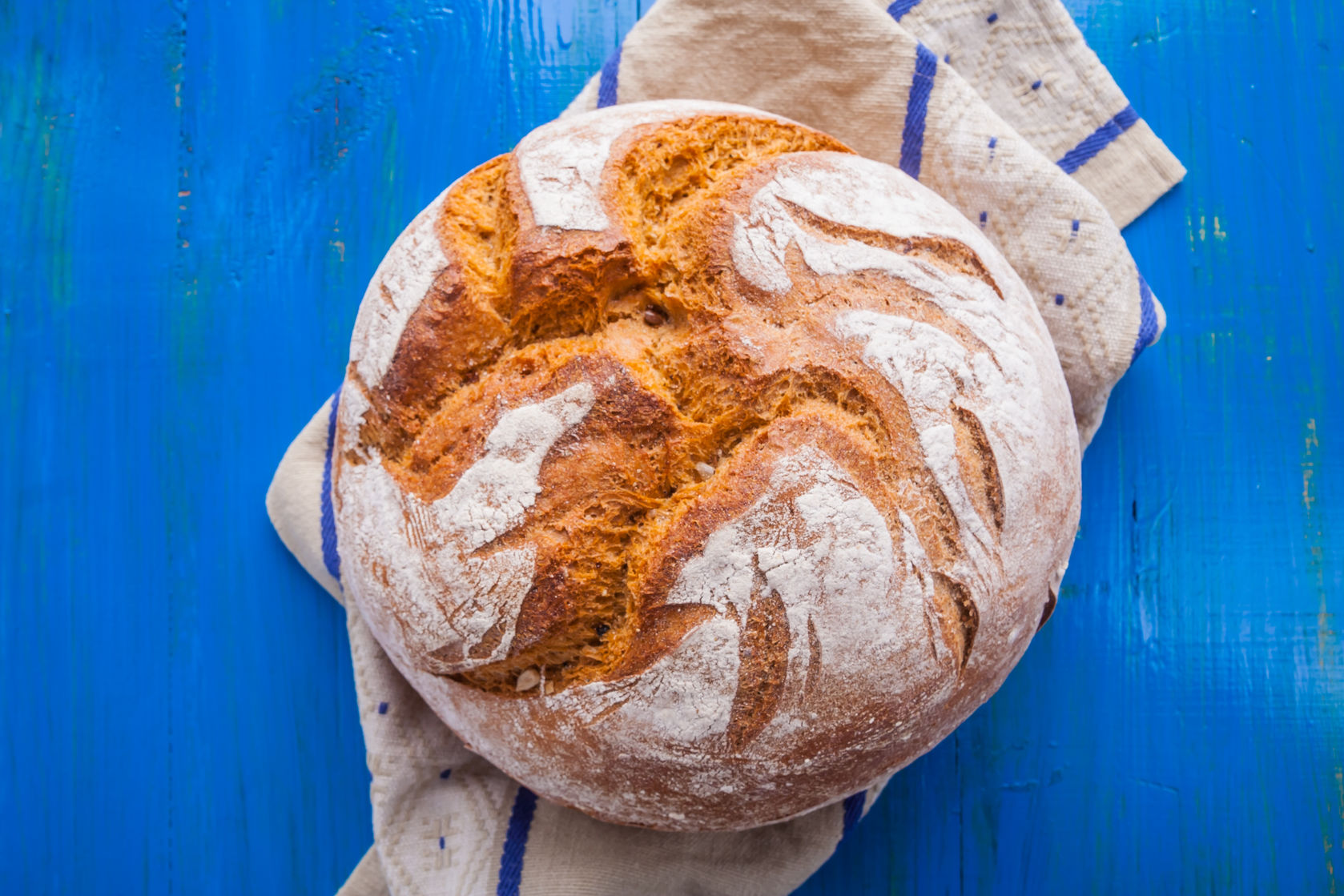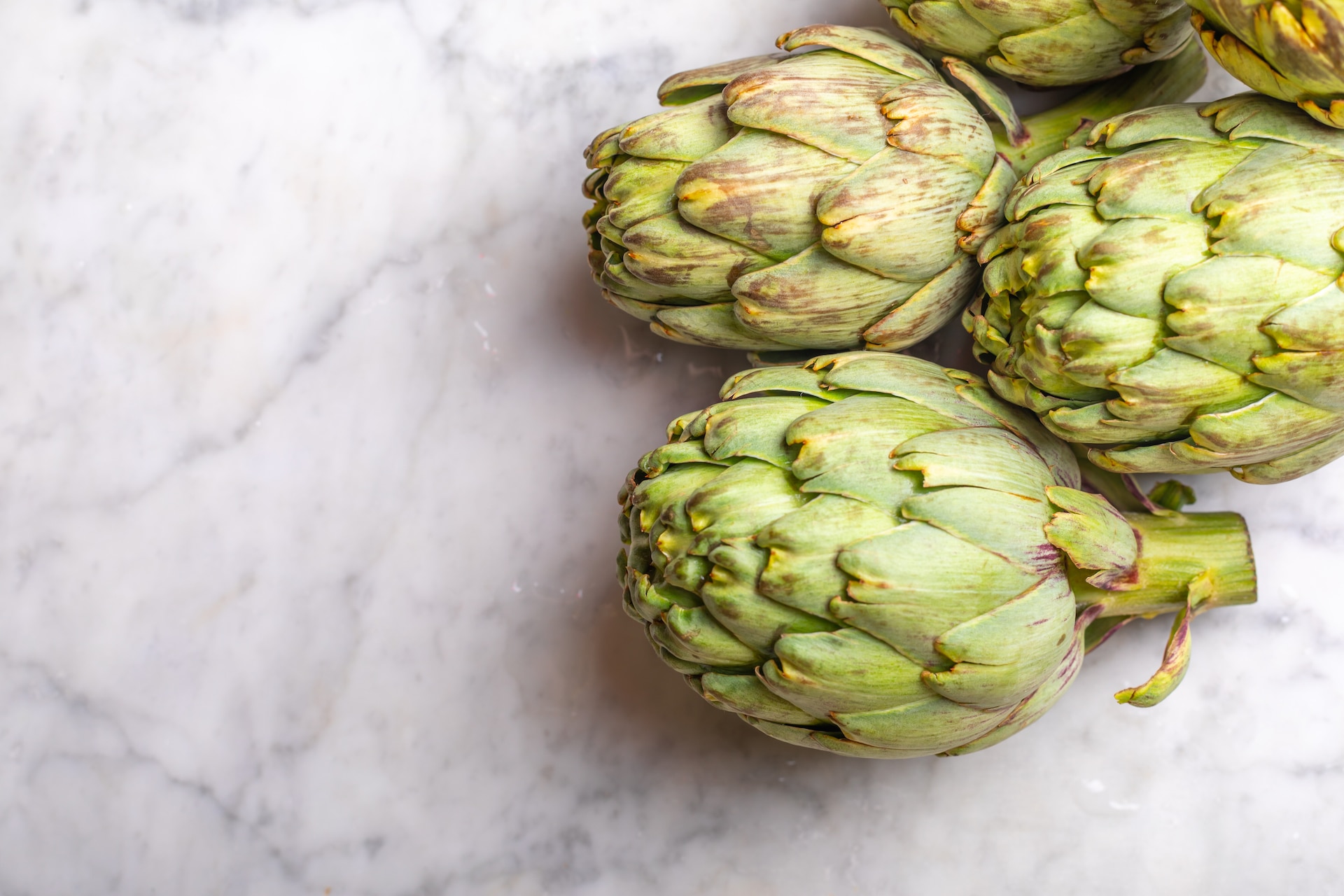From Paleo to Whole30: What a Celebrity RD Thinks of Today’s Most Popular Diets
By Nutritious Life EditorsHome » Eat Empowered » From Paleo to Whole30: What a Celebrity RD Thinks of Today’s Most Popular Diets
As the new year approaches, we inevitably start thinking about ways to improve our well-being in the coming year. New Year’s resolutions aside, the pandemic has shown us two things: That our time here is finite and precious, and that it’s upon us to make sure we’re living our happiest and healthiest lives.
If one of your New Year’s goals is to find an eating plan that makes you feel stronger, gives you more energy, helps you with a weight loss goal, or eases digestive concerns, look no further.
Our Diets Decoded series takes a look at many of today’s popular healthy diets—from paleo to Mediterranean and vegetarian— and breaks them down for you. We explain the facts about each one and then provide quick, actionable tips on how to follow each diet as part of a Nutritious Life.
“For each individual, the healthiest diet is an approach to eating that fuels your body and mind and fits into your lifestyle,” says Nutritious Life founder Keri Glassman, MS, RD, CDN. “Eating empowered, one of the eight pillars of a Nutritious Life, means listening to your body and focusing on the diverse, delicious, healthy foods you can have rather than what a hard-to-follow diet says you can’t have.”
Read on for a rundown on five of today’s most popular healthy diets to see if they fit your life—mind, body and soul alike.
5 Popular Healthy Diets—And Whether They’re Right For You
-
Paleo Diet

The Paleo Diet focuses on mimicking how our pre-agricultural, hunter-gatherer ancestors ate as closely as possible, using foods available now. Followers say it will help minimize your risk of chronic disease (based on the premise that those ancestors didn’t suffer from the ones we now face) and lead to weight loss.
Find out how to hack the downsides of the paleo diet the Nutritious Life way.
-
Mediterranean Diet

The Mediterranean Diet is inspired by the traditional diets of people who live around the Mediterranean sea, particularly in Greece and Southern Italy. It emphasizes plant-based foods such as fruits and vegetables, whole grains and legumes, plenty of extra-virgin olive oil and fresh fish. True followers focus on eating seasonally (although depending on where you live, the seasonal foods available may not exactly be those that are available near the Mediterranean).
How you eat also matters; preferably with friends and family while enjoying red wine and each others’ company.
-
Ketogenic Diet

The ketogenic diet is like Atkins amplified. Instead of just low-carb, it’s almost no carb and lots of fat. Originally developed to treat children with epilepsy, the keto diet restricts carb intake to as low as 2% to 4% of calories. (For comparison, standard diets contain about 45% to 65% of calories from carbs; we generally recommend sticking to the lower end of that spectrum and avoiding refined carbs.) The goal of eating this way is to move the body into a state called ketosis. During ketosis, instead of breaking down carbs into glucose for fuel, the liver converts fat into ketone bodies, which become the body’s primary source of energy.
Advocates say when your body uses fat as fuel, major benefits follow. But there are downsides to this diet to consider as well. Find out if it’s right for you.
-
Whole-Food Plant-Based (WFPB) Diet

Think of this eating plan as more of a lifestyle than a diet. There’s no clear definition of a whole-food plant-based diet, so you might see the term being used to refer to a variety of eating patterns, such as vegan, vegetarian or flexitarian. Nonetheless, a WFPB diet simply refers to a diet that emphasizes whole plant foods and keeps animal products and processed foods to a minimum.
It’s hard to deny the numerous health benefits associated with plant-based diets. Get more insights into its benefits.
-
The Whole30 Diet

The Whole30 originally developed as a 30-day clean eating reset. (Think paleo meets the elimination diet.) Its popularity spawned multiple books, cookbooks, and a global, passionate virtual community of people who swear by its power to change your life. (A few years ago, when this diet was trending, you could find social media posts left and right about how the diet changed their bodies too.)
The basic premise is that many people are sensitive to certain foods often considered healthy, such as grains and beans. You cut those food groups out for a while and then take stock of how you feel. When the 30 days are up, you can continue eating this way or gradually add some of the foods back in, one by one, to see which may have been causing your issues.
Many people who become devotees of the lifestyle stick to a paleo diet afterward (The paleo diet is interpreted differently by different people, but in general, it’s a less strict, long-term lifestyle version of the Whole30).
Read up on the ins and outs of the Whole30 diet, and what everyone was raving about.
(Images: Shutterstock)
The Nutritious Life Editors are a team of healthy lifestyle enthusiasts who not only subscribe to — and live! — the 8 Pillars of a Nutritious Life, but also have access to some of the savviest thought leaders in the health and wellness space — including our founder and resident dietitian, Keri Glassman. From the hottest trends in wellness to the latest medical science, we stay on top of it all in order to deliver the info YOU need to live your most nutritious life.
RECENT ARTICLES

Want a sneak peek inside the program?
Get FREE access to some of the core training materials that make up our signature program – Become a Nutrition Coach.
Get Access"*" indicates required fields
 Eat Empowered
Eat Empowered












































































































































































































































































































































































































































































































































































































































































































































































































































































































































































































































































































































































































































































































































































































































